|
As we return to school after the Christmas break, it's like pressing the restart button each day. After the holiday excitement, students might be feeling a bit different, so it's crucial to begin each day with a positive attitude and a fresh start. Returning to school can bring out a mix of emotions Returning to school after the Christmas break can bring out a mix of emotions in children. Some children might express excitement, eager to share stories of their holiday adventures. For these children, providing opportunities to talk about their experiences, perhaps through show-and-tell or a simple sharing circle, can help them feel heard and valued. Some may be struggling with leaving the comfort of their homes and be anxious about returning to school. Taking a few extra minutes for a warm welcome, engaging in a comforting activity, or having a familiar item from home in the classroom can help ease the transition for these children. Others may not have had a positive holiday break and they may be reluctant to share their experiences with others. It may be difficult for them to listen to the stories others share about all the fun and exciting gifts they experienced. To help with this, teachers can do activities that avoid singling out individual experiences. For example, instead of having each student share their holiday stories, the class can collectively engage in an activity that allows students to share positive experiences that are not holiday-specific, so all children can contribute to a shared positive atmosphere. This approach helps to minimize discomfort for those who may not have had a happy holiday while still allowing others to feel included. By acknowledging and addressing these varied emotions, teachers can create a more empathetic and supportive atmosphere. Understanding each child's unique response to the return to school enables teachers to tailor their approach, making the transition smoother for everyone. Revisiting classroom managementRevisiting classroom routines and classroom management strategies will help to set the tone for a successful start to the new year. Reintroducing classroom procedures ensures everyone knows what to expect. For example, practicing entering and leaving the classroom quietly, taking turns during discussions, and following the steps for group work provides consistency and helps create a stable and predictable learning environment. Engage in goal setting activitiesThe new year is also a great opportunity to engage students in goal-setting for the rest of the year. Children can set both personal and school-related goals. Personal goals may include becoming more comfortable with the classroom environment or making new friends. Teachers can foster a sense of belonging by organizing activities that encourage social interaction and cooperation. On the academic front, school goals can range from improving reading skills to mastering a challenging math concept. Teachers can support these goals by offering personalized learning activities, providing additional resources, and celebrating small achievements along the way. Teachers can periodically revisit these goals, discussing progress and adjusting strategies as needed. This process not only enhances academic performance but also contributes to the development of valuable life skills such as perseverance and self-motivation. Incorporating goal-setting into the classroom management strategy not only addresses individual needs but also promotes a positive and forward-looking atmosphere for the new year. As we navigate the post-holiday emotions, encouraging students to set and work towards their goals can be a powerful tool in creating a supportive and thriving learning environment. Focus on the positivesEmbracing a positive mindset means looking for the good things happening in the classroom. For example, we can start each day by sharing one positive thing that happened recently or acknowledge a student's effort in completing a challenging task. This positivity sets the tone for a happy and successful learning environment. When we notice students doing things right, let's celebrate those moments. We can use simple rewards, like tokens, warm fuzzy jars, or a chart for the whole class, to encourage positive behavior. Keeping a positive attitude, finding the good stuff, and cheering on positive behaviors will help us have a great time back in the classroom and a successful year ahead. Related PostsComments are closed.
|
About Me Charlene Sequeira
I am a wife, mother of 4, grandmother of 9, and a retired primary and music teacher. I love working with kids and continue to volunteer at school and teach ukulele. Categories
All
|
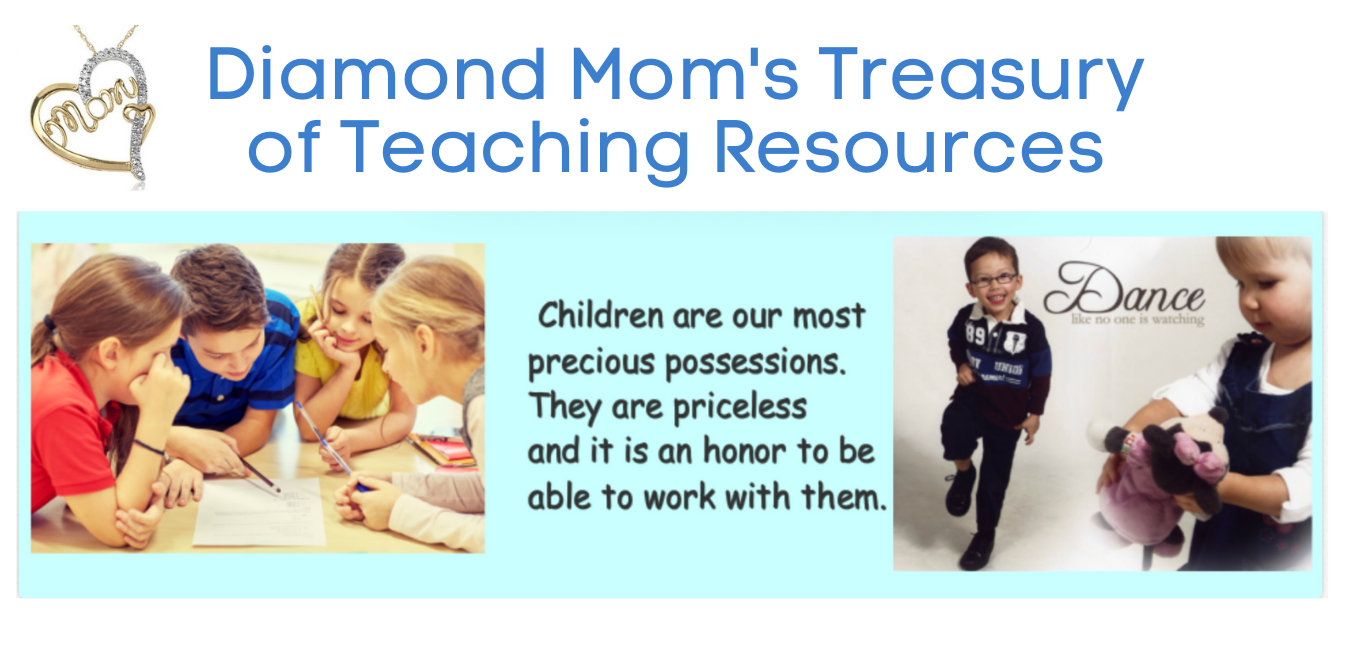
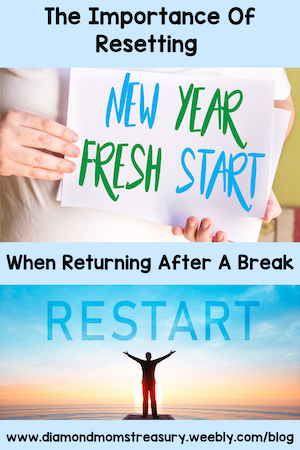
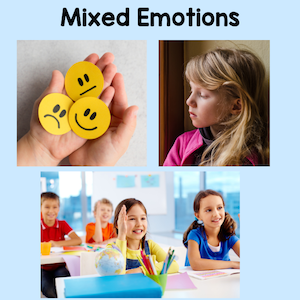
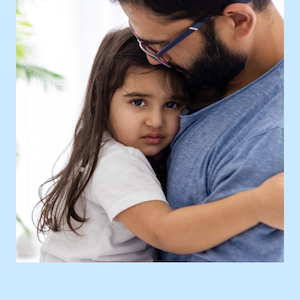
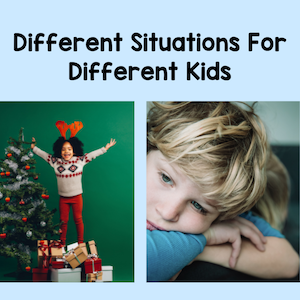
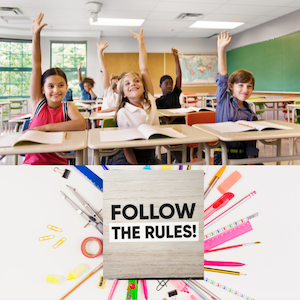
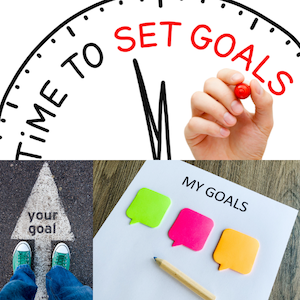
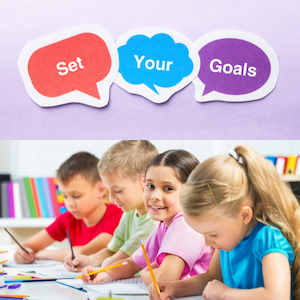
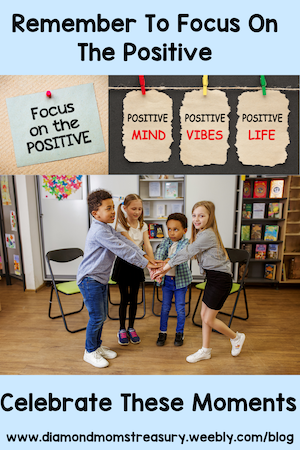

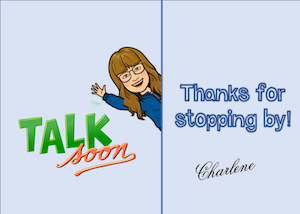
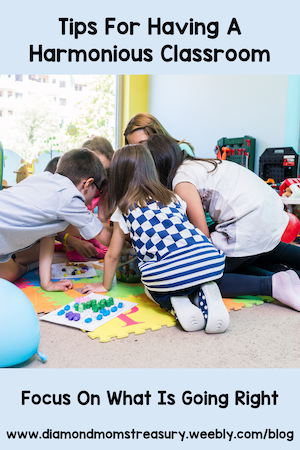



 RSS Feed
RSS Feed